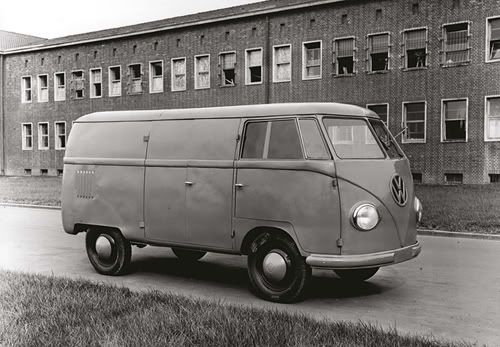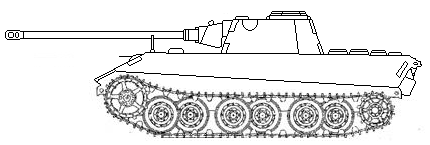You are not logged in.
Dear visitor, welcome to WesWorld. If this is your first visit here, please read the Help. It explains in detail how this page works. To use all features of this page, you should consider registering. Please use the registration form, to register here or read more information about the registration process. If you are already registered, please login here.


Quoted
Originally posted by Rooijen10
Hmmm... if there would ever be another war between France and Germany, I would think that the German spearhead will be led by lots of those vans in order to send the French soldiers fleeing in sheer terror.
Quoted
Hmmm... if there would ever be another war between France and Germany, I would think that the German spearhead will be led by lots of those vans in order to send the French soldiers fleeing in sheer terror. großes Grinsen

Forum Software: Burning Board® Lite 2.1.2 pl 1, developed by WoltLab® GmbH
